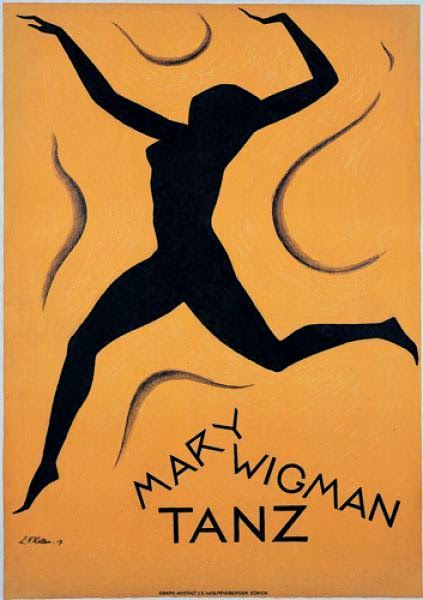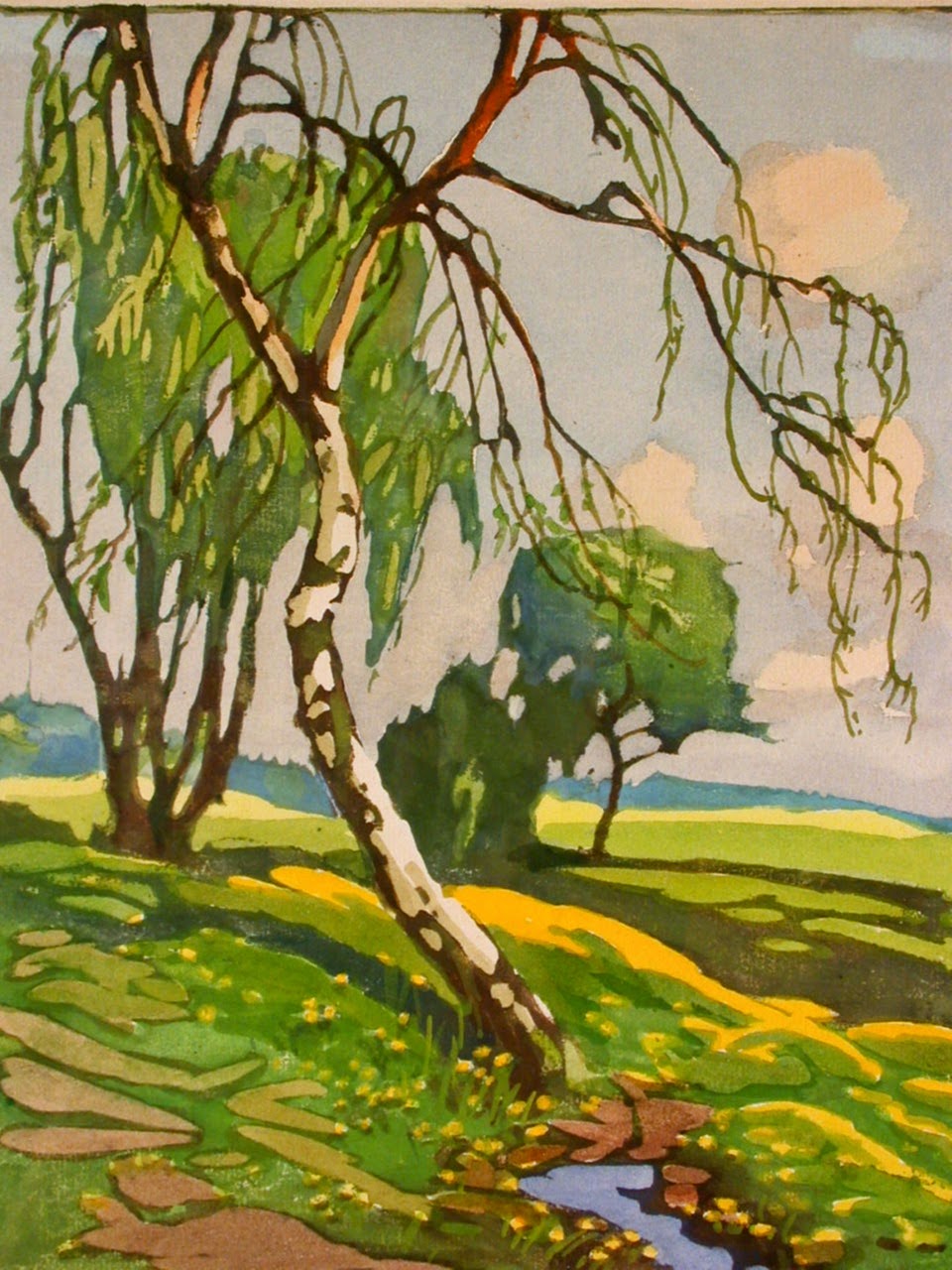Dore Hoyer
(Dresden 12th Dec. - 31th Dec. 1967 Berlin)
German expressionist dancer.
Reader Steven from in Sacramento, California USA asked me to help him with identifying the maker of this great 1949 German expressionist woodcut that he's found in a sale. My books and archive did not reveal the identity of this (probably) female printmaker. It's made very much in the style of those famous expressionist artists Emil Nolde, Erich Heckel, Ernst Ludwig Kirchner and Karl Schmidt-Rotluff. A great and potentially historically important find. Digging in I learned about her fascinating person and her amazing world and the people in it: what a beautiful woman, what a tragical life !
Above: Portait of Dore Hoyer by photographer Lenka von Koerber (1888-1958) who also wrote a book commemorating Kathe Kollwitz in 1957.
Dora Hoyer in a double exposure by Dresden photographer by Edmund Kesting (1892-1970). Over the years he made several iconic portraits of Dore Hoyer.
Dore Hoyer began her dance and rhythmic training at Hellerau-Laxenburg School in Dresden in 1927. After passing the examination for dance teachers, she studied with Gret Palucca (Margaretha Paluka, 1902-1993) and in 1933 she presented her first solo concert. These dancers maybe considered the equivalent of Madonna in the roaring 20's; athletic, iconic and avant garde.
Above: Gret Palucca by Franz Fiedler (1885-1956) one of my favorite photographers.
She worked for a short time as a ballet mistress in Oldenburg, but returned to Dresden to become a member of Mary Wigman’s (1886-1973) dance group in 1935 after her lover Peter Cieslak had committed suicide: aged 21, what a waste !
Above: Mary Wigman by Ernst Ludwig Kirchner (1880-1938) this woodcut auction estimated 10.000-15.000$.
Above dancer "Nelly" who really was Turkish Elli Secaidari (1899-1998) besides a great dancer in the Mary Wigman group later to become a famous photographer, who made fame with her nudes on the Acropolis in Athens.
Dore Hoyer took over the former Wigman School after World War II and formed her own dance group. The group gained notoriety, but Hoyer left to continue her solo work.
In 1947 she and her dancers impersonated the graphic works of Käthe Kollwitz (1867-1945) on stage. (Portrait and woodcut selfportait above)
From 1949 to 1951 Dore Hoyer served as director of the Hamburg State Opera Ballet, but had greater success abroad. She presented a number of solo performances in South American and in 1957 made her debut with the American Dance Festival at Connecticut College.
"Tanz" (dance) by Carl Rotky (1891-1977)
1966 marked her last dance performance. She had no school––no income, and committed suicide in 1967. While Hoyer is less known than many modern dance artists, some historians believe her work emerged from a period of stagnating dance and set in motion innovations that underlay American modern and postmodern dance.
Finnish Sara Jankelow-Rung (1891-1974) another performer-dancer from the Mary Wigman group spectacularly photographed by Franz Fiedler in 1926.
All artists mentioned in this article in one way or another belonging in the artistic circles around Dore Hoyer so there must be enough clues to link this fine woodcut portrait to the unidentified printmaker.
Send in your suggestions for sharing please !
"Tanz" 1913, by Emil Nolde (1867-1956)
All pictures borrowed freely from the internet for friendly, educational and non commercial use only.



.jpg)






%2B1899-1998.jpg)




.jpg)






































